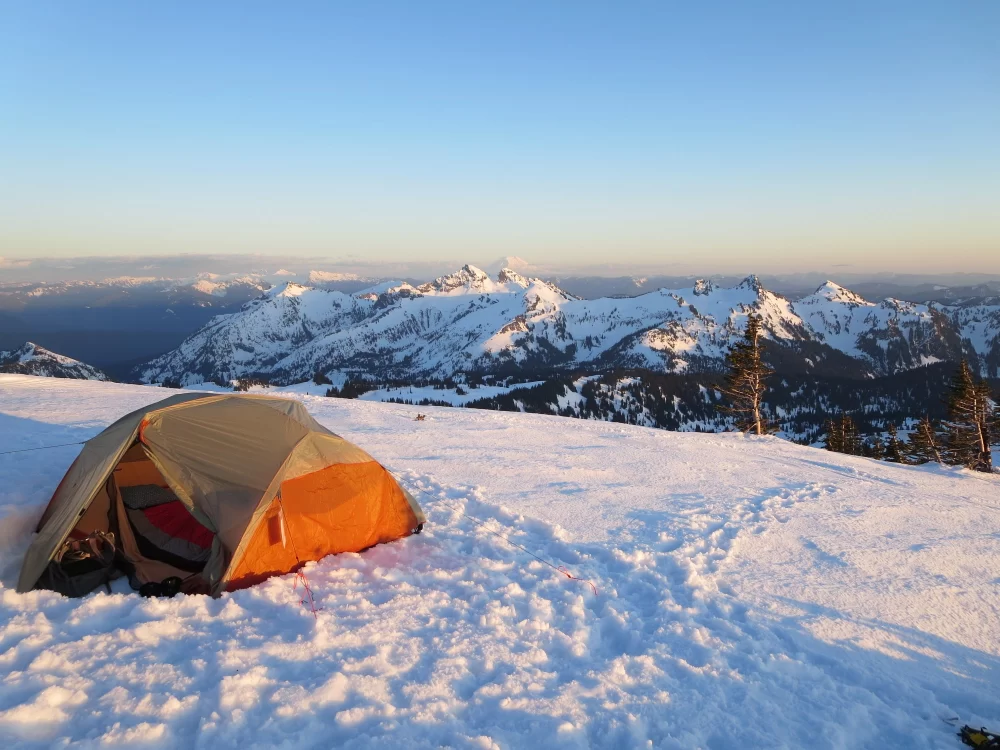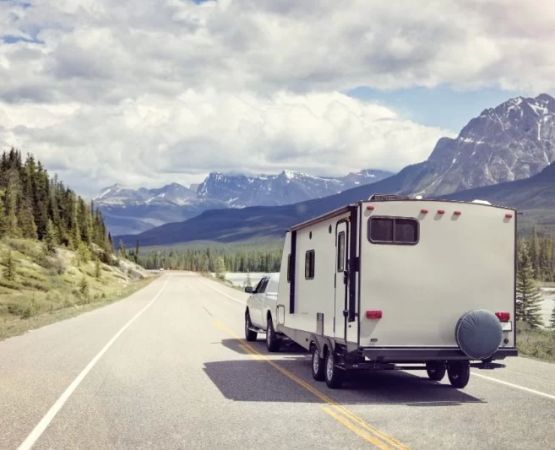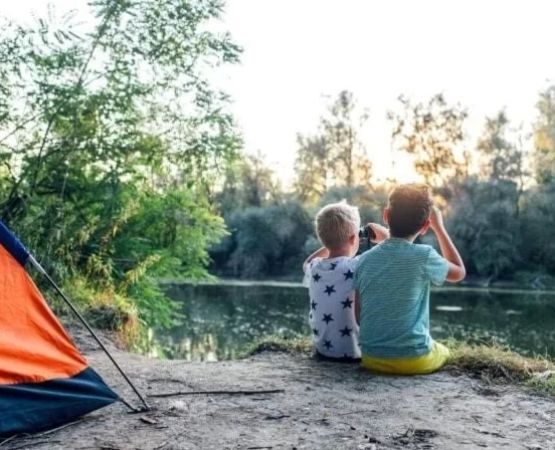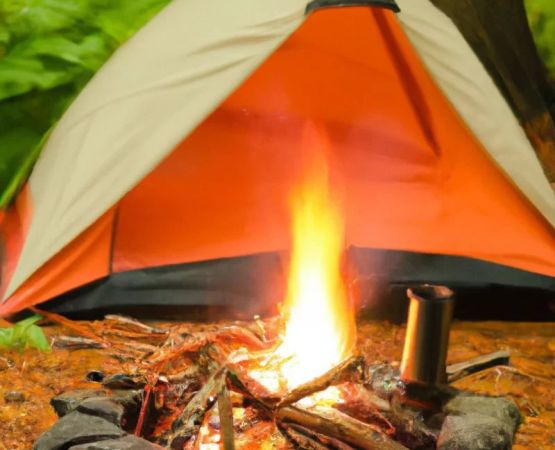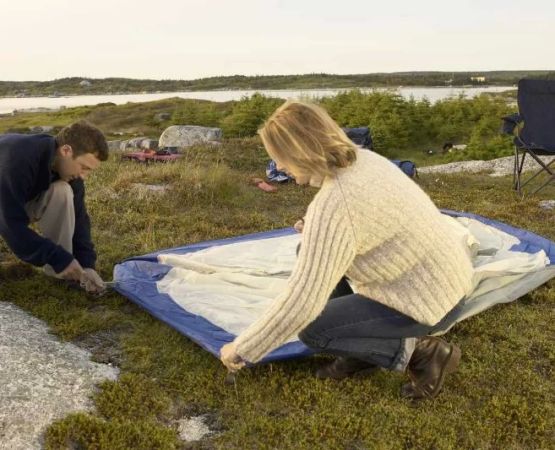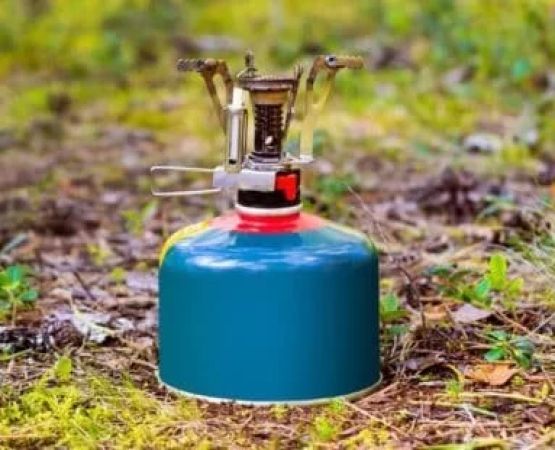Choosing the Ideal Campsite for Winter Camping
As an avid winter camper, I’ve spent countless nights under the stars, surrounded by snow-covered forests and frosty landscapes. Winter camping has its own charm—it's quieter, more serene, and offers a different kind of adventure compared to the typical summer outings. However, choosing the right campsite for winter camping is crucial to ensure safety, comfort, and an unforgettable experience.
1. Research the Weather and Terrain
The first step in selecting a winter campsite is to thoroughly research the weather and terrain. Unlike summer camping, winter conditions can be unpredictable, so it’s essential to stay updated on weather forecasts. In the US, areas like the Rocky Mountains or the Cascades often experience heavy snowfall and freezing temperatures, so understanding the weather patterns in advance is crucial. Some remote spots might not be accessible during winter due to deep snow or icy roads, so make sure to check for seasonal road closures or any hazardous conditions.
Additionally, look for campsites that are in lower elevations. High-altitude sites can get extremely cold, and the risk of avalanche or wind exposure is much higher. Opt for places that are sheltered by trees or natural barriers—this can provide some protection from the wind and create a more comfortable experience.
2. Check for Accessibility and Safety
Accessibility is another critical factor when choosing a winter campsite. While summer campgrounds might be easily accessible by car, winter campsites require more planning. Some areas only offer winter access by snowmobile, skis, or snowshoes. Ensure that the trailhead is passable and check if any winter-specific equipment is necessary to reach the campsite.
Safety is paramount when camping in the winter months. Before heading out, check whether the area has avalanche risks. Some national parks and forests will have avalanche maps and information posted at trailheads or online, helping you make informed decisions. Never underestimate the importance of safety gear—make sure to have avalanche beacons, shovels, and probes if you're heading into avalanche-prone areas.
3. Consider Proximity to Water Sources
While winter camping often means colder conditions, access to water is still essential. Depending on the campsite, water sources like streams and lakes can freeze over, making it harder to collect drinking water. Research the area to find out where the nearest water sources are and whether they are reliable. Carrying extra water or using a water filter capable of working in freezing temperatures is a smart move.
If the campsite is near a frozen lake or river, consider bringing a camp stove to melt snow for drinking water, though this will take longer than using a liquid water source. In colder climates, a portable water heater is a great investment to avoid carrying large quantities of water during your trip.
4. Protection from the Elements
Winter camping can be harsh, so finding shelter from the elements is a must. Look for campsites that offer natural windbreaks such as large boulders, dense tree stands, or hills. Snowdrifts can also act as barriers against wind. If you're camping in an open area, a tent with a four-season rating will provide added protection against heavy snowfall and fierce winds.
When setting up your tent, consider the direction of prevailing winds. You’ll want to position your tent so that it faces away from the strongest gusts. If you're in a forested area, setting up near tall trees can offer shelter from both wind and heavy snowfall.
5. Prepare for Extreme Cold and Winter Hazards
Cold temperatures can drop dramatically during winter camping trips, so selecting a campsite that is prepared for these conditions is essential. Make sure your gear, including sleeping bags and insulated pads, is rated for temperatures well below freezing. A quality sleeping bag is a lifesaver in cold conditions—it keeps your body heat trapped and ensures a warm night’s sleep. Don't forget to bring extra layers to wear while you're outside, and keep your clothes dry to prevent hypothermia.
Winter weather hazards such as ice, snow, and frozen ground require extra caution when setting up camp. Be mindful of how you set up your tent—ensure it's pitched on level ground, and if the ground is frozen, consider bringing additional stakes or using rocks to anchor your tent. Always keep your campsite clean and free from unnecessary clutter to avoid tripping hazards, which are harder to spot under a blanket of snow.
6. Winter Camping Essentials: What to Pack
As with any camping trip, packing the right gear is essential, but winter camping requires even more attention to detail. Here’s a quick checklist of must-have winter camping gear:
- Four-season tent with a sturdy frame
- Sleeping bag rated for temperatures 10°F or lower
- Insulated sleeping pad to prevent heat loss from the ground
- Waterproof and insulated clothing, including gloves and boots
- Headlamp with extra batteries (shorter daylight hours in winter)
- Portable stove and extra fuel
- Winter-rated snow shovel
- Avalanche gear if necessary
- Snowshoes or crampons for winter terrain
As a seasoned winter camper, I can tell you that packing well for winter camping can make or break your experience. Even though winter camping requires more preparation, the reward is worth it—being surrounded by pristine, snow-covered landscapes and enjoying the quiet beauty of winter.
7. Enjoy the Solitude and Beauty of Winter Camping
One of the things I cherish most about winter camping is the solitude. There’s something magical about setting up camp in the winter months, far away from crowds, and experiencing the stillness of nature at its coldest. The silence is different from summer camping, and every sound, from the crunch of snow underfoot to the rustle of trees, feels amplified. The beauty of winter camping is unparalleled, and with the right preparation and knowledge, you can safely enjoy everything it has to offer.
Winter camping isn’t just about surviving—it’s about thriving in an environment that challenges you. With the right mindset and the right campsite, winter camping can become one of the most rewarding outdoor experiences you’ll ever have.

